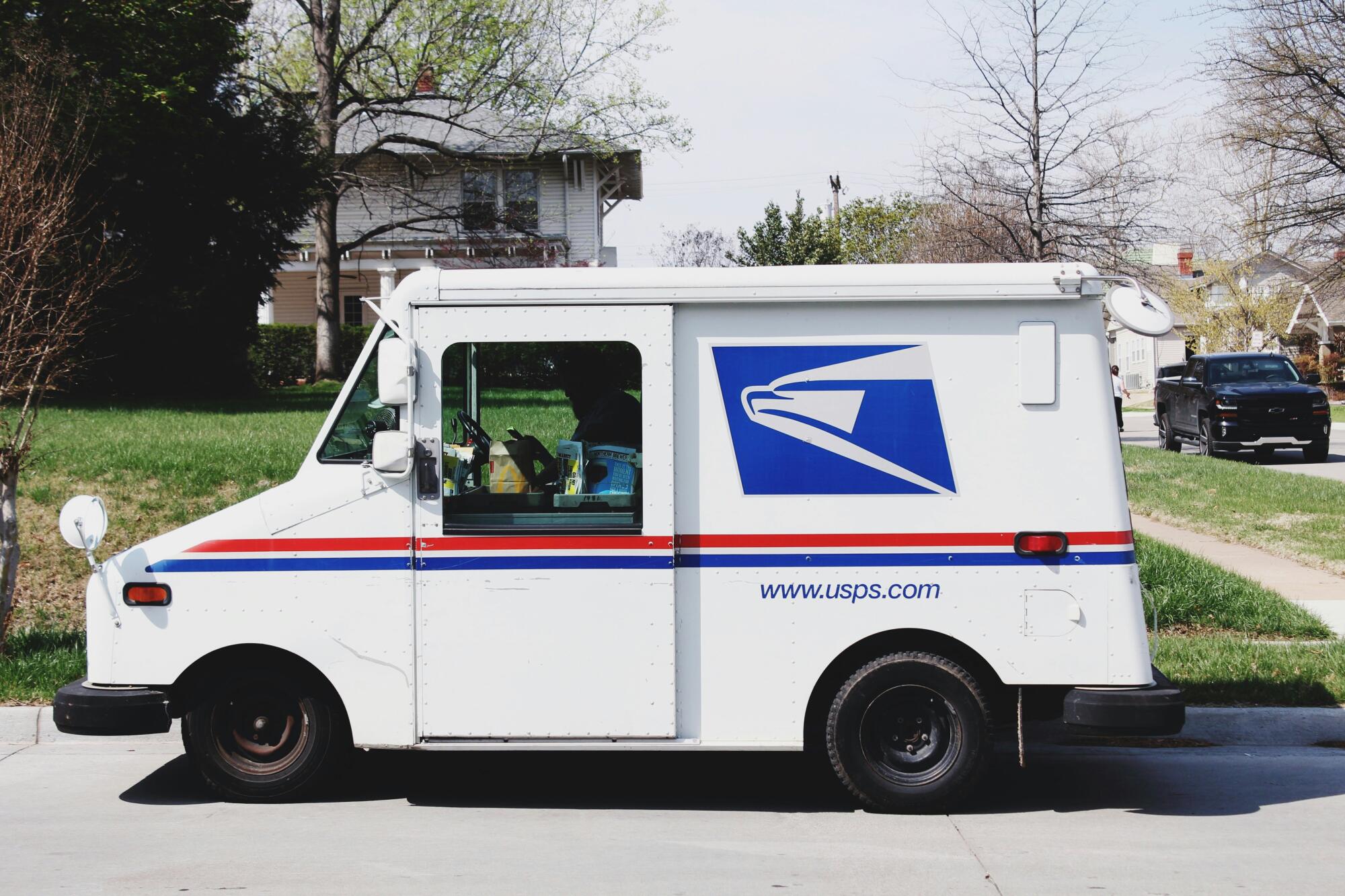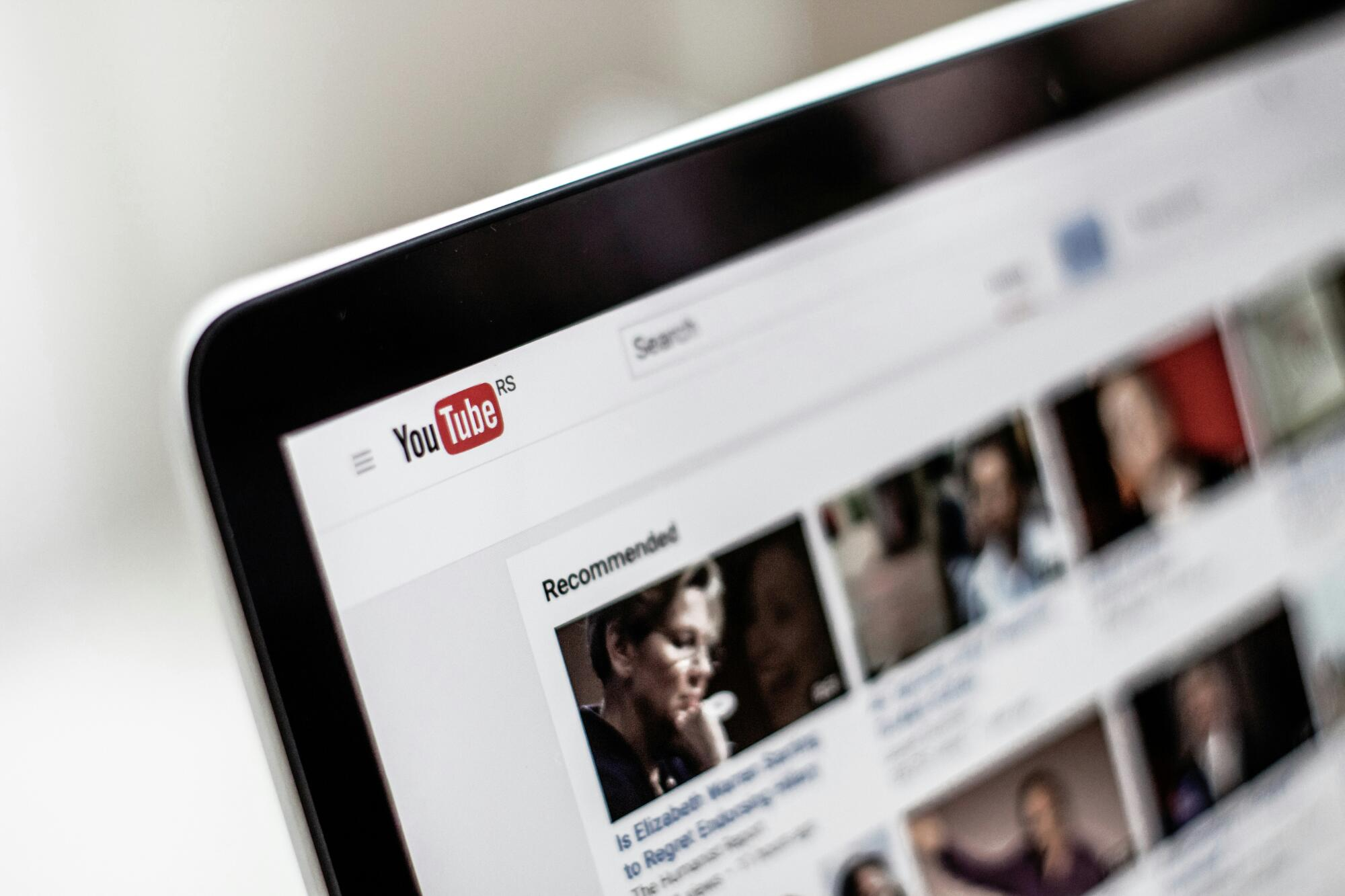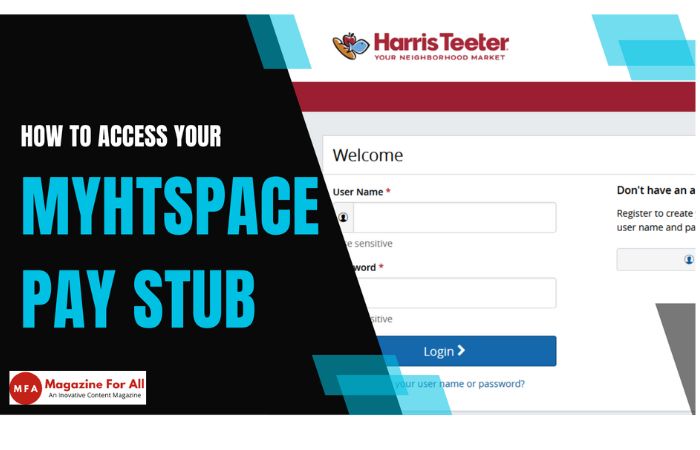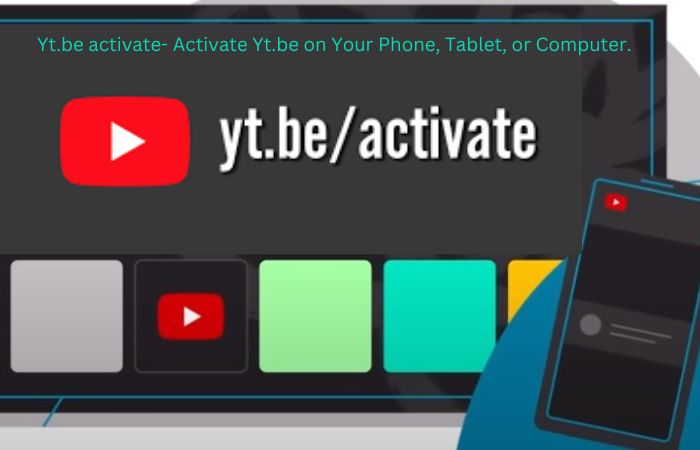Businesses are finding it increasingly hard to get through prospective customers surrounded by competing demands to the point of exhaustion, especially in the digital realm. From ads popping up left and right on social media to streaming services rehashing the same commercials, consumer fatigue is very real in marketing.
Being overwhelmed by a constant stream of generic content, customers can quickly get annoyed at any marketing campaign coming their way. To counter this downward spiral, many businesses strive to create a deeper, more personal connection with their potential clients. So, what is personalized marketing, and how effective can it truly be? Let’s find out what benefits businesses can reap from implementing that marketing strategy.
Table of Contents
Personalized marketing: a powerful tool to leverage online
Personalized marketing can be broadly defined as a strategy focusing on delivering individualized content to prospective customers. Also known as one-to-one marketing, this approach aims to treat each potential consumer as a unique individual to optimize their online journey. Of course, this lofty goal is no easy task in the busy digital sphere.
However, marketers can rely on automation technology to streamline the process while collecting data to better understand the characteristics of their targeted audiences. This marketing personalization can generally be broken down into three categories:
- behavioral personalization, which considers the interactions that customers have with a company, such as past purchases;
- contextual personalization, which analyses where customers stand on their online journey;
- demographic personalization, which takes into account various general metrics like age, ethnicity, or gender.
What are the benefits of engaging customers on a personal level?
A means to drive revenue up
According to an in-depth study published by the global consulting company McKinsey, 76% of customers get frustrated whenever companies fail to deliver personalized interactions. From marketing emails with personalized subject lines to dynamic product recommendations, businesses can use different tactics to make their consumers feel seen – and recognized. As a result, personalization drives performance.
McKinsey’s research hammers that point home by indicating that companies pushing for increasing personalization generate up to 40% more revenue than their less proactive counterparts. In a low-loyalty digital environment where online shoppers are prone to close their tabs in an instant to switch to another digital venue, getting personalization right is ever-so-invaluable. Furthermore, identifying a customer’s preferred channel is a sure way to increase return on investment (ROI).
A way to foster loyalty
The more customers are exposed to high-value personalization practices, the more their expectations grow in the online world. That’s why many digitally native companies offer superior personalization, continuously raising the bar for each one of their competitors.
As per the findings of a Twilio report, 60% of consumers surveyed are likely to become repeat buyers as the aftereffect of a personalized shopping experience, despite there being cheaper options available online. Additionally, consumers declare they feel comfortable giving their personal information away if they know brands are using their own data instead of purchased data. That said, many expect to get something in return.
Several businesses, therefore, implement personalized loyalty rewards programs to increase customer retention. For instance, leaders in the iGaming industry roll out exclusive loyalty schemes catering to VIP players. High-rollers aside, newcomers benefit from no deposit bonus tailored to their needs. Such promotions allow first-time users to try a platform free of charge. They often range from free spins to small bundles of bonus funds credited to a newly created account. To find the best options with just a click, players can check expert websites that keep track of all offers around, while publishing comprehensive guidelines.
Final Words
Generic advertisement is gradually being replaced by user-centric marketing content as consumers increasingly view personalization as the default standard online. Businesses looking to put out perfectly tailored content can face several challenges, though.
First and foremost, they need to maintain consistency across all the channels users are interacting with daily. Marketers must also link the data they gather to individual customer profiles, which can prove particularly demanding without the proper time and resources allocated to a sustainable segmentation strategy.
Still, the rewards are well worth the effort. From multiplying revenue to securing long-term loyalty, good personalization practices lead businesses to significantly outperform their competitors. And there are many methods to choose from, such as custom messaging and targeted email campaigning. New technologies even come in handy to get ahead of the competition. As a case in point, the fusion of AI and marketing works wonders on social media.
































































